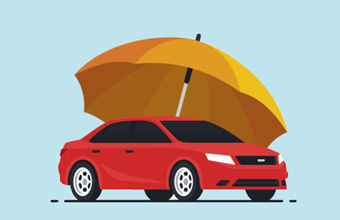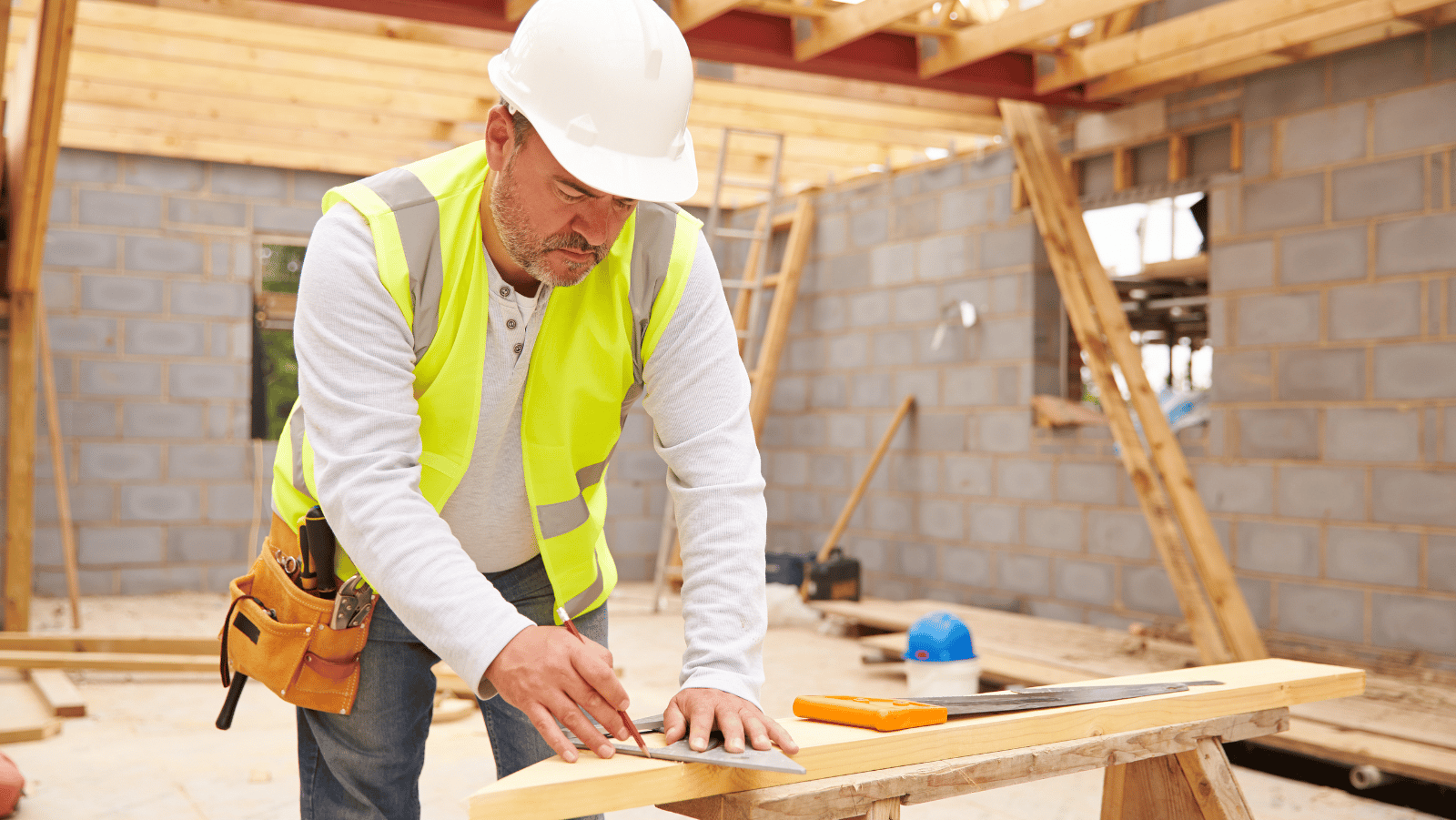What is a tornado?
A tornado is a swirling column of air that forms at the base of a storm and extends up into the clouds. Tornadoes are capable of causing significant property damage and even injuries or death. Although they typically last for only a few minutes, tornadoes can travel over long distances and destroy their path.
Tornado formation process
Tornadoes usually form from large thunderstorms called supercells. These thunderstorms can last for several hours and may span hundreds of miles. Supercells typically form in the central US, where warm, humid air from the Gulf of Mexico meets cold, dry air from the Rocky Mountains. When these two types of air masses collide, they create instability in the atmosphere which can lead to the development of a tornado.
Tornadoes form when warm, moist air rises into the atmosphere and meets a cold front. As the air rises, it begins to rotate. This rotation can become so strong that it forms a column of air that extends from the ground up into the clouds. Tornadoes typically form in areas where there is a large difference in temperature between the air on the ground and the air higher up in the atmosphere.
Tornadoes are often associated with severe thunderstorms, but they can also occur on their own. When a tornado forms as part of a thunderstorm, it is called a supercell tornado. Supercell tornadoes are the most destructive and dangerous type of tornado.
Tornadoes are rated on a scale of 1 to 5, based on the amount of damage they cause. A Category 5 tornado is the most severe, with wind speeds reaching over 320 kilometers per hour. These tornadoes can destroy buildings and even uproot trees.
Where do tornadoes occur in the world?
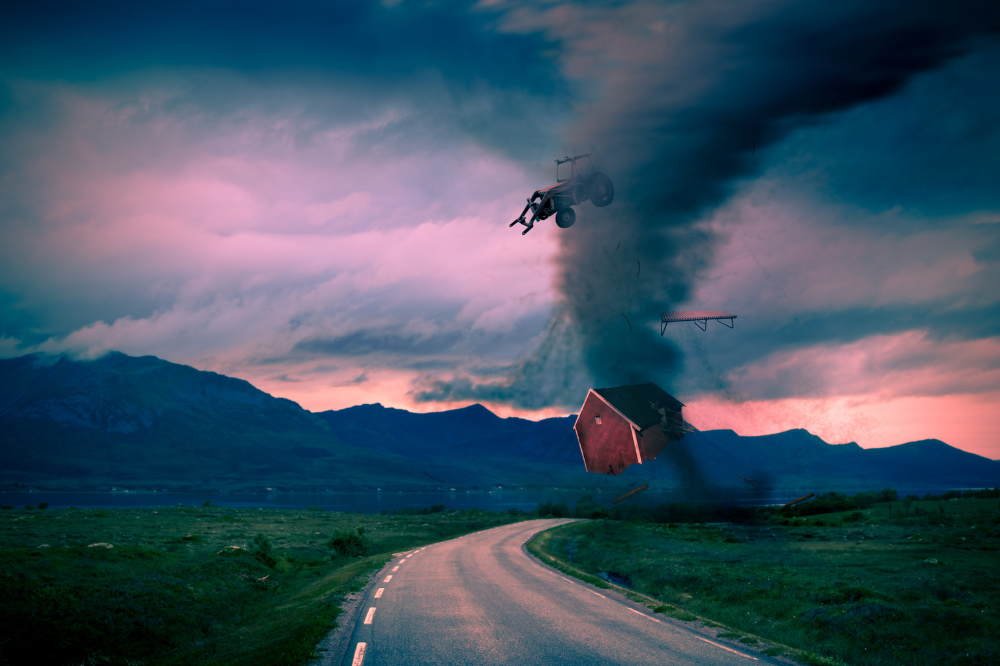
Tornadoes can occur anywhere in the world, but they are most common in North America. In the United States, tornadoes typically form in the Midwest and Plains states during the spring and summer months. Tornadoes can occur at any time of day or night, but they are most likely to form in the late afternoon or early evening.
While tornadoes can be destructive, they are also one of nature’s most awe-inspiring phenomena. If you are ever in an area where a tornado is occurring, make sure to stay safe and indoors. But if you are lucky enough to see one from a distance, it is truly a sight to behold.
Tornado season in the US
Tornado seasons in the US typically begins in late spring and extends through early summer. Tornadoes can occur at any time of day or night, but most tornadoes occurs between 4pm and 9pm. The peak months for tornadoes are May and June, but they can occur any time from March to July.
The United States sees an average of 1,200 tornadoes per year. The areas that see the most tornadoes on average per year are the Midwest and the South. The Midwest sees an average of about 500 tornadoes per year, while the South sees an average of about 700 tornadoes per year.
Following states of US mostly see the average number of tornadoes every year:
- Missouri
- Ohio
- Nebraska
- South Dakota
- Texas
- Iowa
- Oklahoma City
- Illinois
- Kansas
- Louisiana
The Gulf Coast region of the United States experiences its peak tornado season in early spring
The Gulf Coast region of the United States experiences its peak tornado season in early spring. On average, there are about 24 tornado watches issued each year for this region. Most of these watches occur between March and May, with the peak typically occurring in April. The reason for this is that cold air from the north meets warm, moist air from the gulf during this time of year. When these two air masses collide, they can produce the conditions necessary for tornadoes to form. While tornadoes can occur at any time of year, they are most common during the spring months in the gulf coast region.
The Southern Plains region experiences most tornadoes season from late May to early June
The southern plains region is no stranger to severe weather. Tornado season typically runs from late May to early June, and the area is also prone to tropical storms and other forms of severe weather. Mostly, tornado season got off to an early start, with several tornadoes touching down in April. However, tornado watch predicts that the majority of activity occurs in May and June. Residents are advised to be prepared for severe weather by staying informed about the latest forecast and having a plan in place in case of an emergency. With a little preparation, everyone can stay safe during tornado season.
What is tornado alley?
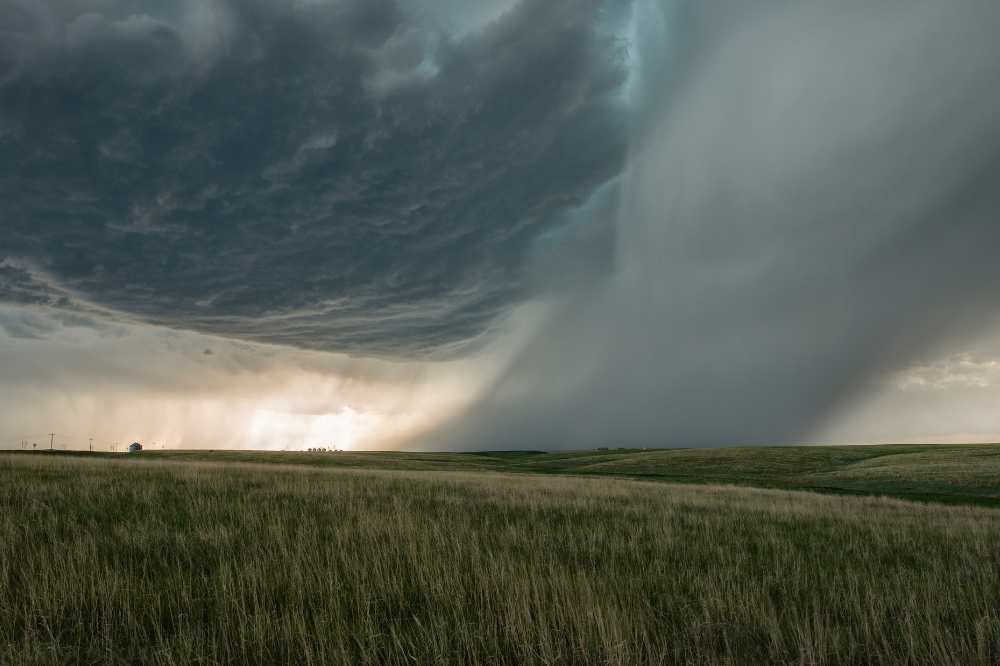
It is a region in the central United States that is known for having a high concentration of tornado strikes. The term was first used in 1952 by meteorologist Dr. Theodore Fujita, who defined it as an area where tornadoes were most likely to occur. The deadliest tornadoes in this region typically occur during the spring and summer months which is considered peak tornado season.
While tornado alley is not an official geographic region, it is generally considered to include parts of Texas, Oklahoma, Kansas, Nebraska, South Dakota, and Iowa. These states tend to have the most violent tornadoes each year, as well as the strongest and most destructive ones.
Tornado occupation in the United States has been on the rise in recent years. This is likely due to a combination of factors, including increased development in tornado-prone areas, better reporting of tornadoes, and changes in the climate.
While tornadoes can occur anywhere in the country, those in tornado alleys are particularly dangerous because of the region’s high population density. This means that more people are at risk of being injured or killed by a tornado.
It is not the only region of the country that is vulnerable to tornadoes. The southeastern United States also sees a significant number of tornadoes each year. However, the tornadoes in this region are typically weaker and less destructive than those in tornado alley.
What to do during tornado warnings?
Tornado warnings are issued when a tornado is imminent or has been spotted by trained weather spotters. If you receive a tornado warning:
– You should take shelter immediately in a sturdy structure, such as a basement or storm shelter.
– You should also avoid windows and stay away from exterior walls.
– If you are in a car, you should pull over and get into a ditch or low-lying area.
– You should never try to outrun a tornado in your car.
Tornadoes can cause significant damage to homes, businesses, and infrastructure. They can uproot trees, topple power lines, and destroy buildings. Tornadoes can also cause injuries and fatalities.
If you live in an area that is prone to destructive tornadoes, it is important to have a plan in place in case one strikes. You should know where the nearest shelter is, and have an emergency kit ready. You should also familiarize yourself with the signs of a tornado so that you can take shelter quickly if one is approaching. Tornados are one of the most destructive weather phenomena on Earth. But by knowing what to do in case of a tornado, you can help keep yourself and your loved ones safe.
Why Missouri is at a higher risk for tornadoes?
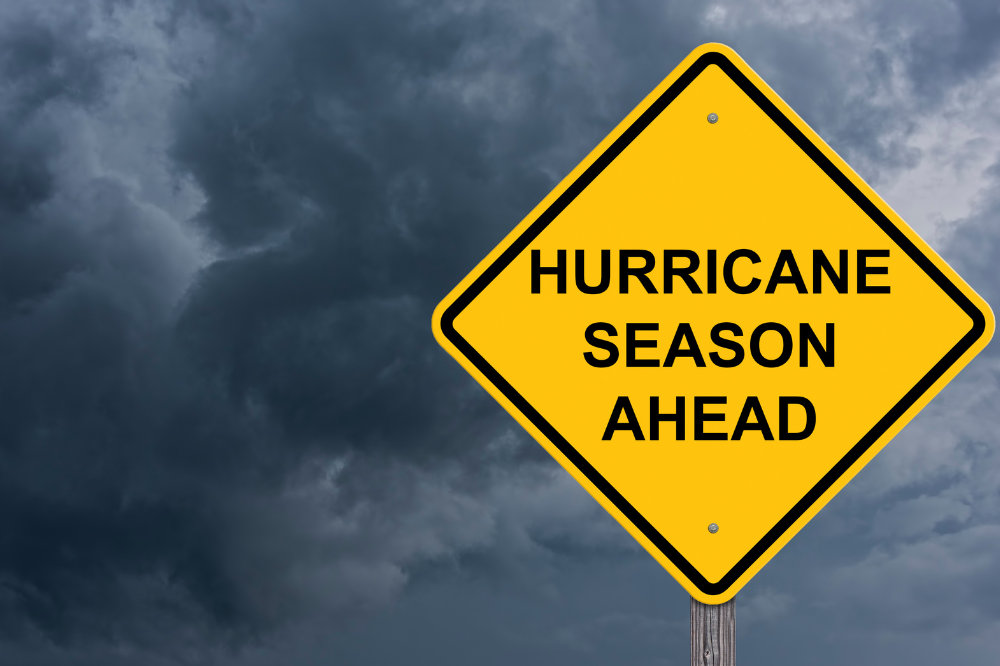
Missouri is located in Alley, which is a region in the central United States that experiences a high number of tornadoes each year. The state is also located in the path of many powerful thunderstorms that can spawn tornadoes. Missouri has a long history of deadly and destructive tornadoes, which is why it is considered to be at a higher risk for tornadoes than other states. There are several reasons why Missouri is at a higher risk for tornadoes, including its location, the type of storms that often affect the state, and its history of destructive tornadoes.
How many tornadoes occur in Missouri each year?
According to the National Weather Service, Missouri generally experiences about 50 tornadoes each year. However, the number of tornadoes can vary considerably from year to year, and some years may see as many as 100 or more tornadoes. The vast majority of these storms are relatively weak, but Missouri does see its share of severe weather. The state is ranked fourth in the nation for the number of strong tornadoes (EF3 or higher) that occur each year.
While this may seem like a lot of tornadoes, it’s important to remember that Missouri is a large state with a lot of open space. When compared to other states with similar population densities, Missouri’s tornado rate is quite average. As a result, residents should always be aware of the potential for severe storms and be sure to stay up to date on the latest weather forecasts.
What are the dangers associated with a tornado hitting your home?
Following are the dangers associated if you live in a tornado alley:
1. Flying debris can cause serious injury or death.
2. Violent winds can damage or destroy your home.
3. Flooding can occur from heavy rains.
4. Power outages can leave you without electricity or running water.
5. You may be stranded if roads are impassable.
6. Shelters may be overcrowded and unsafe.
7. You could face looters or other criminals taking advantage of the disaster.
8. Diseases can spread in areas where there is standing water or unsanitary conditions.
Benefits of home insurance in tornado-prone areas
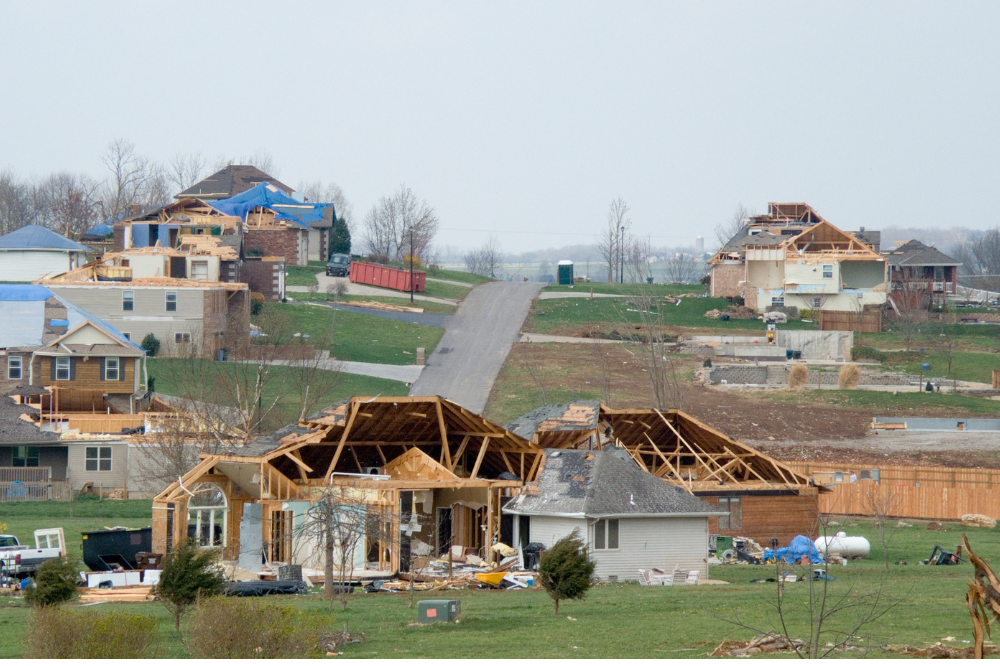
Home insurance in tornado-prone areas can provide critical financial protection for homeowners. If a tornado damages or destroys your home, home insurance can help you pay to repair or rebuild your home. Home insurance can also help you pay for other expenses, like temporary housing and personal property replacement, if your home is uninhabitable after a tornado. In addition, home insurance can provide liability coverage if someone is injured on your property or if you accidentally damage another person’s property. If you live in a tornado-prone area, it’s important to understand the coverage that home insurance can provide. Below are 5 major benefits that home insurance companies provide to people living in tornado-prone areas:
1. Home insurance protects your home and belongings in the event of a natural disaster, such as a tornado.
2. Home insurance can help you financially recover from a disaster.
3. Home insurance can help you rebuild your home if it is damaged or destroyed in a natural disaster.
4. Home insurance can provide you with temporary housing/safe shelter if your home is uninhabitable after a natural disaster.
5. Home insurance can give you peace of mind knowing that your home and belongings are protected in the event of a natural disaster.
Which insurance companies provide tornado coverage?
Many insurance companies offer tornado coverage in the United States, including:
- Allstate
- State Farm
- Nationwide
Each company has different coverage options and rates, so it’s important to compare policies before choosing one.
How to prepare for a tornado season?
It’s important to be prepared for a tornado season. The first step is to understand the difference between a tornado watch and a tornado warning. A tornado watch means that conditions are favorable for tornado formation, while a tornado warning means that a tornado has been sighted and you should take cover immediately. If you live in an area at risk for tornado activity, it’s also a good idea to purchase an NOAA weather radio, which will provide up-to-date information on severe weather conditions. Finally, if you do find yourself in the path of a tornado, the best course of action is to take shelter in a basement or an interior room away from windows. Although tornadoes can be extremely frightening, following the simple tips below you can stay safe during tornado season.
1. Know the warning signs
Tornadoes can occur without much notice, so it’s important to be aware of the warning signs. These can include a dark, greenish sky; a large hail; a large, dark, low-lying cloud; or a roar, similar to a freight train. If you see any of these signs, take shelter immediately.
2. Have a plan
Know where you will take shelter if a tornado alert is issued for your area. Have a designated safe room in your home or office, and make sure everyone in your family or workplace knows where it is.
3. Stay informed
Keep a battery-operated radio in your safe room, and listen for updates on the warning. If you have a smartphone, download a weather app or sign up for weather alerts so you can receive notifications if a tornado alert is issued.
4. Be prepared
Make sure you have a basic emergency kit stocked with supplies like food, water, first-aid items, and a flashlight. If you have time, you can also add items like extra clothes, blankets, and medications.
5. Stay calm
If a tornado does strike, stay in your safe room and remain calm. Remember that tornadoes can be unpredictable, so it’s important to stay sheltered until the storm has passed.
What to do after a tornado hits your home?
The first thing you need to do is assess the damage to your home. If the tornado has caused any structural damage, it is important to get in touch with your home insurance provider or a professional contractor as soon as possible. If there is any water damage, you will need to start the drying out process as soon as possible to prevent mold from growing. If you have any possessions that were damaged in the tornado, you will need to sort through them and decide what can be salvaged and what needs to be replaced. Once you have taken care of the immediate aftermath of the tornado, you can start thinking about repairs and rebuilding.
How to file a home insurance claim if a tornado hits your home?
If a tornado hits your home, the first thing you should do is contact your insurance company. You will need to file a claim and provide documentation of the damage. Your insurance company will send an adjuster to inspect the damage and determine the cost of repairs. They will also work with you to determine if your home is livable or if you will need to find temporary housing. Once the claim is approved, you will be able to begin repairs on your home.
FAQs
1. What is a tornado?
A tornado is a violently rotating column of air that extends from a thunderstorm to the ground. Tornadoes can destroy entire neighborhoods and are one of the most destructive weather phenomena in the world.
2. Where do tornadoes occur?
They occur in many parts of the world, but they are most common in the United States. Tornadoes can occur anywhere in the country, but they are most likely to occur in the Midwest and Southeast.
3. How often do tornadoes occur?
There is no definitive answer to this question as it depends on several factors, including weather conditions and geographical location. However, tornadoes are most common in the spring and summer months.
4. What is the difference between a tornado watch and a tornado warning?
A tornado watch means that conditions are favorable for a tornado to develop. A tornado warning means that a tornado has been sighted and you should take shelter immediately.
5. What is the safest place to be during a tornado?
The safest place to be during a tornado is in a sturdy building, away from windows. If you are outdoors, seek shelter in a low-lying area such as a ditch or culvert.
6. What should I do if a tornado is headed my way?
If you are indoors, go to the lowest level of the building and take shelter in a small room, such as a closet or bathroom. If you are outdoors, seek shelter in a low-lying area such as a ditch or culvert.
7. What is the Fujita scale?
The Fujita Scale is used to classify the intensity of a tornado based on the damage it causes. The scale goes from F0 (light damage) to F5 (incredible damage).
8. What was the deadliest tornado in US history?
The deadliest tornado in US history occurred on April 6, 1936, in Tupelo, Mississippi. The tornado killed 233 people and injured over 700.
9. What was the costliest tornado in US history?
The costliest tornado in US history occurred on May 22, 2011, in Joplin, Missouri. The tornado killed 158 people and caused over $2.8 billion in damage.
10. Are tornadoes becoming more common?
There is no definitive answer to this question as tornado frequency can vary from year to year. However, some experts believe that climate change may be a factor in increasing tornado activity.
Summary
A tornado is a violently rotating column of air that extends from the base of a thunderstorm to the ground. They are often referred to as funnel clouds because of their appearance. Tornadoes form when warm, moist air rises rapidly into colder air and begins to rotate. The conditions necessary for tornadoes to form occur most frequently in the central United States, known as tornado alley. Tornado season in the US typically runs from March through May, but it can happen at any time of year. In Missouri, we are at a higher risk for tornadoes due to our location and the number that occur here each year.
It’s important to be prepared for a tornado season by having an emergency plan and ensuring your home is insured against damage. After a tornado hits, it’s important to make sure you stay safe and begin the recovery process. For more information on tornadoes, please read our other blogs for help preparing for this natural disaster.




